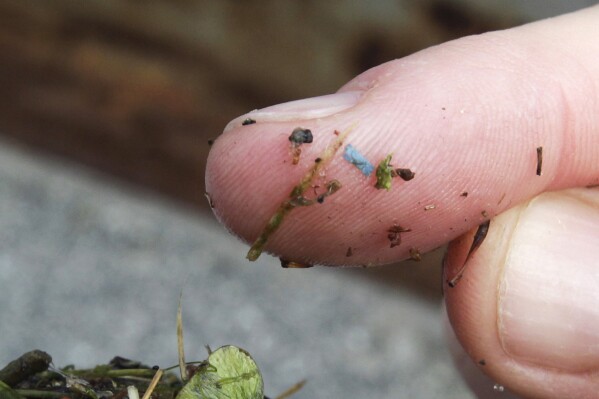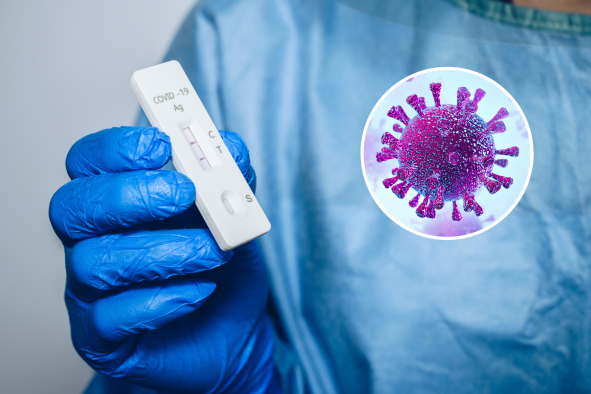Health officials have issued a warning over the spread of a potentially fatal rat-borne virus in Arizona and other Southwestern states.
The virus, known as hantavirus, caused three deaths in Arizona from January to July 2024, with seven confirmed cases across the state in total and two additional cases, one of which was fatal, in California. But what is hantavirus, what are its symptoms, and how can you avoid it?
What is hantavirus?
According to the U.S. Centers for Disease Control and Prevention (CDC), hantavirus is spread by rats and mice and can cause a severe and potentially deadly lung disease called Hantavirus Pulmonary Syndrome, or HPS. In the U.S., the most common hantavirus that causes HPS is spread by deer mice, but it can also be spread by rats.
Between 1993 (when hantavirus surveillance began) and 2021, the CDC reported 850 cases of hantavirus infection across the U.S., with the highest case loads reported in Colorado (119), New Mexico (119), Arizona (85), California (78) and Washington (59).
Diagnosing the disease is difficult. "Early symptoms mimic the flu, and there are no tests to diagnose HPS," Jamie Winn, Consultant Pharmacist at Universal Drugstore, told Newsweek. "This is why a history of rodent exposure accompanied by fever and fatigue is a strong indicator of infection."
Trish Lees, public information officer at Coconino County Health and Human Services, told NBC News that the recent increase in cases may be due to changes in rodent populations, while the California public health department added that wet springs might boost rodent populations by increasing food availability.
What are the symptoms of hantavirus?
Symptoms of HPS usually start to show between one and nine weeks after contact with an infected rodent.
According to the CDC, early symptoms include:
- Fatigue
- Fever
- Muscle aches, especially in larger muscle groups like thighs, hips and back
Roughly half of all HPS patients also report:
- Headaches
- Dizziness
- Chills
- Abdominal pain and gastrointestinal issues
Four to 10 days after these early warning signs, patients begin to experience coughing, shortness of breath, and chest tightness.
"If you have an unexplained fever, body aches, abdominal pain, diarrhea, headaches, dry cough or severe breathing difficulty, you should see your doctor immediately," Winn told Newsweek. "This is especially important if you expect to spend time in southwestern U.S. and are exposed to large rodent populations, their nesting materials and waste."
The CDC estimates that 38 percent of those who develop these late-stage respiratory symptoms may die from the disease.
How is hantavirus treated?
Hantavirus infection has no specific "cure." Instead, patients should be treated for their individual symptoms, such as breathing support.
How can you reduce your risk of hantavirus infection?
The most effective way to reduce your risk of hantavirus infection is to eliminate or minimize contact with rodents in your home and workplace. This involves sealing holes and gaps in your home, clearing away any easy-access food that might attract rodents, and placing traps in areas where you suspect rodent activity.
If you do come into contact with a wild rodent or their droppings, wash your hands immediately. You should also avoid sweeping away any dropping with a broom as this might cause infected particles to enter dust in the air. Instead, the Arizona Emergency Information Network recommends the following:
- Prior to cleanup, open all doors and windows for at least 30 minutes, allowing direct sunlight in the area.
- Spray any droppings of nests with disinfectant and allow to soak for 15 minutes.
- Wear disposable gloves and a mask to clear up droppings using a paper towel or rag.
- Seal materials in a plastic bag before throwing them into the trash.
Is there a health issue that's worrying you? Let us know via health@newsweek.com. We can ask experts for advice, and your story could be featured on Newsweek.
Disclaimer: The copyright of this article belongs to the original author. Reposting this article is solely for the purpose of information dissemination and does not constitute any investment advice. If there is any infringement, please contact us immediately. We will make corrections or deletions as necessary. Thank you.




